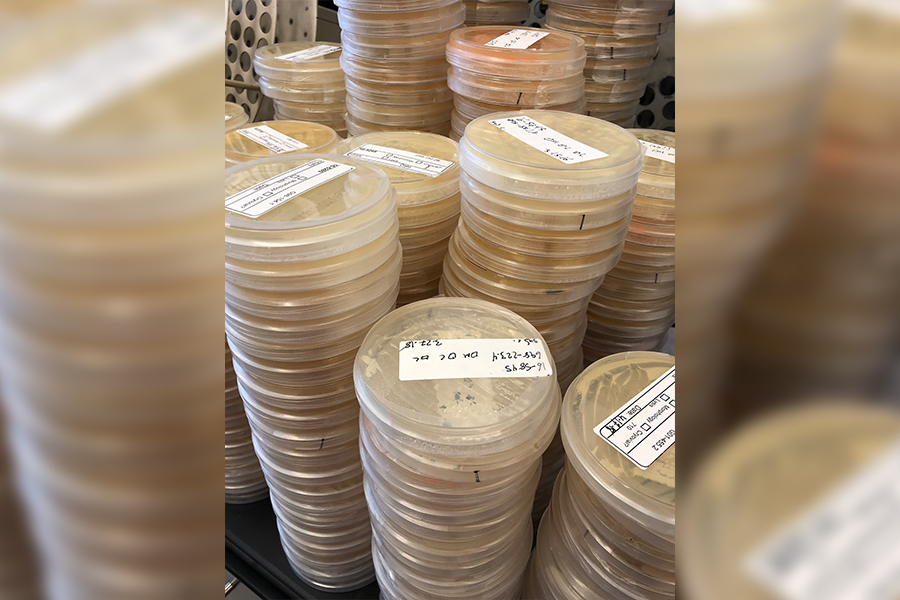
Large-scale genomic survey of S. cerevisiae genome provides new information on evolution, origin of yeast
For thousands of years we have relied on yeast to make bread and alcohol, and, more recently, for industrial products like enzymes, chemicals and pharmaceuticals. In biology, yeast is a popular medium for genetic experiments; it’s easy to grow and easy to manipulate. Experiments using yeast have led to Nobel prize-winning work such as Elizabeth Blackburn’s research on telomeres and co-discovery of telomerase, or Roger Kornberg’s studies on how DNA is translated into RNA. Saccharomyces cerevisiae is a particular species of yeast essential to baking, brewing and winemaking, and its usability makes it a model organism for science.
“It grows quickly to high numbers, and 26% of human genes have a comparable gene in yeast,” said Kyria Boundy-Mills, the curator of the Phaff Yeast Collection in the Department of Food Science and Technology at UC Davis, in an email interview. “We can do experiments with large numbers of yeast cells that would be impossible to do with large numbers of humans.”
While about 1,500 species of yeast have been named, there are thousands more that haven’t been identified yet. There is relatively little genetic information in the database compared to the data on humans and model organisms, such as Arabidopsis thaliana, a small, common flowering plant. But thanks to a new comprehensive study of the S. cerevisiae genome, its evolutionary history and mechanisms are better understood than before. Jackson Peter and Matteo De Chiara of the University of Strasbourg and their colleagues sequenced and phenotyped 1,011 S. cerevisiae isolates to determine their genetic relatedness and similarity with respect to their relative location. Their analysis found that yeast probably originated in China, and spread to the rest of the world in a single “out-of-China” event, followed by several independent domestications.
“Interestingly, these various domestication events impacted genome evolution differently,” said Joseph Schacherer, a professor of genetics at the University of Strasbourg, in an email interview. “Whereas the sake and wine populations are characterized by a low genetic diversity, beer populations present a higher genetic as well as more complex genomic diversity.
Furthermore, human-related environments foster expansion and loss of genes, resulting in rampant variation in genome content. By contrast, wild isolates share a similar genome content and genetic diversity is mainly generated via the accumulation of mutations.”
This diversity of wild yeast helped determine that all non-Chinese yeast strains were equally related to Chinese lineages, key evidence for an out-of-China event. This study has provided a foundation for genome-wide association studies in yeast, and further in-depth genetic research in this organism. It’s also given a new direction to look to for diversity: China. In genetics, generally the older the population is, the more diverse. This diversity also means there are more interesting traits to be studied. Yeast-related industries as well as science could look to China for new ideas.
“Our native strains may be much more similar to Asian strains than they are to European strains,” said Lucy Joseph, the curator of the Department of Viticulture and Enology Culture Collection at UC Davis. “All of our wine strains tend to come from Europe. We might actually want to start looking at the diversity in the Chinese strains, to get new and different products and characteristics for products that we want to make.”
Written by: Kira Burnett — science@theaggie.org



